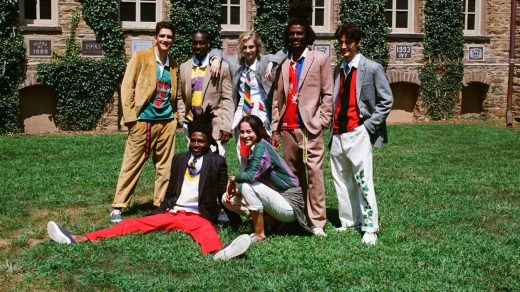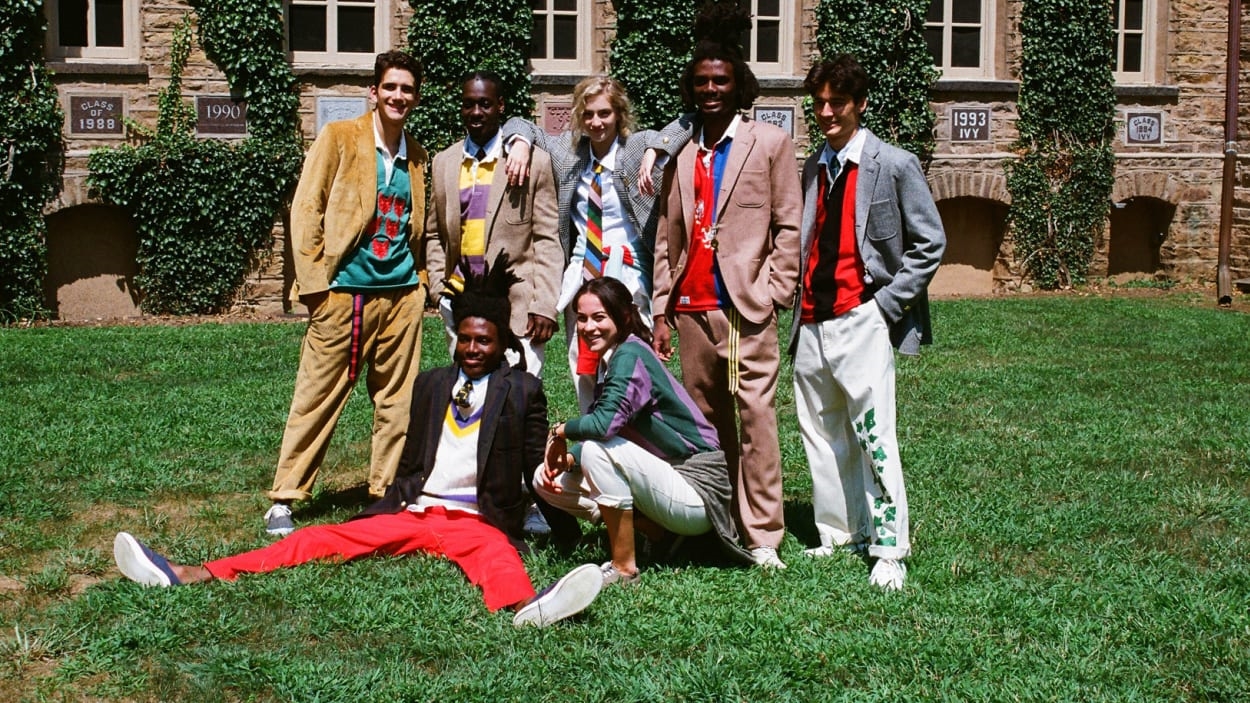Can preppy fashion ever be radically inclusive?
If you flip through a Rowing Blazers catalog, you’re transported decades into the American past, when preppy style reigned supreme.
The label’s Summer 2023 catalog features sepia-toned photographs of models in a Long Island boathouse wearing the foundational garments of prep: prim blue blazers, striped rugby shirts, seersucker suits, and madras shorts. It looks like the entire shoot could have been done at a prep school in the 1950s. Except for one thing: There’s not a white person in sight.
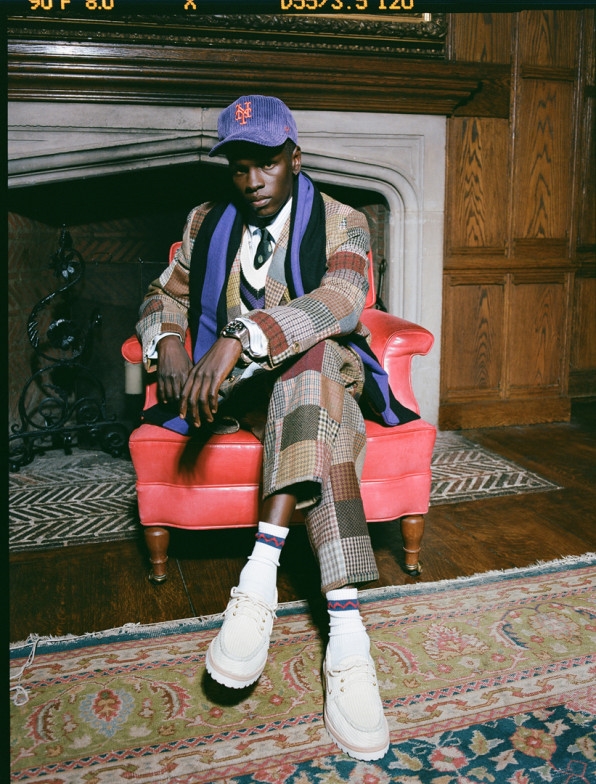
Jack Carlson, who founded Rowing Blazers in 2017, is behind this aesthetic, blending a rigorous understanding of the history of prep style with a focus on diversity and inclusivity. And he’s brought on a design director and art director who are both people of color to serve alongside him as the creative leadership of the company. (In total, 6 of the brand’s 14 employees are people of color.) So far the approach seems to be resonating with consumers.
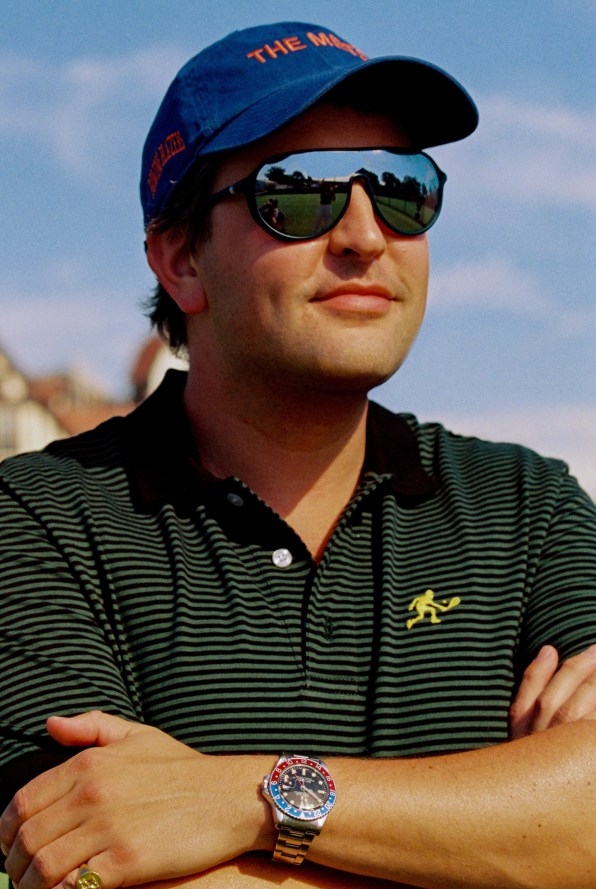
Rowing Blazers garments have been spotted on style icons as varied as rapper A$AP Rocky, NBA superstar Dwyane Wade, actor Chloë Sevigny, and model Emily Ratajkowski. (The day I speak with Carlson, he has to hop off to chat with Carmelo Anthony, who was often photographed wearing Rowing Blazers in the tunnel before NBA games.)
Over the past six years, Rowing Blazers has exploded, with revenues of $14.3 million in 2022, partly because it has leveraged collaborations to tap into new audiences. Established fashion labels like J.Crew, Gucci, Barbour, Hunter, and Seiko have reached out to propose collaborations. Carlson also launches collabs based on his own idiosyncratic constellation of passions, including the Grateful Dead, Babar the Elephant, and Tintin.
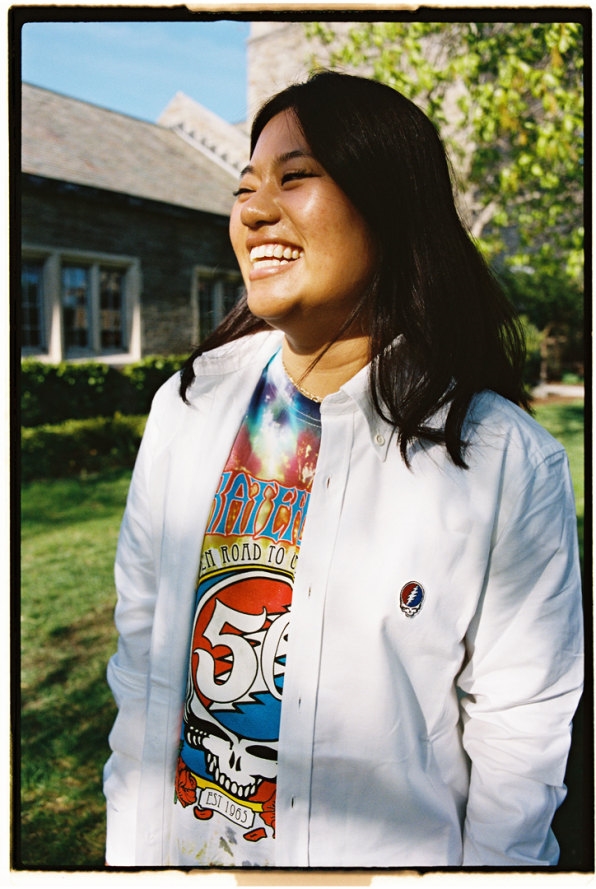
In American Ivy, an in-depth exploration of the history of preppy style, audio journalist Avery Trufelman points out that the look is distinctly American, forged in the late 1800s at prep schools and Ivy League universities, and then commercialized by iconic American brands like Brooks Brothers, J.Crew, and Ralph Lauren for more than a century. From the start, the look was meant to signal elitism and privilege, which has historically been intertwined with whiteness.
But Rowing Blazers seeks to evolve preppy style for our moment. Carlson has a keen understanding of how Japanese and Black communities have engaged with the look over the years, making it their own. The brand offers an enticing glimpse into how this American aesthetic could evolve in the decades to come.
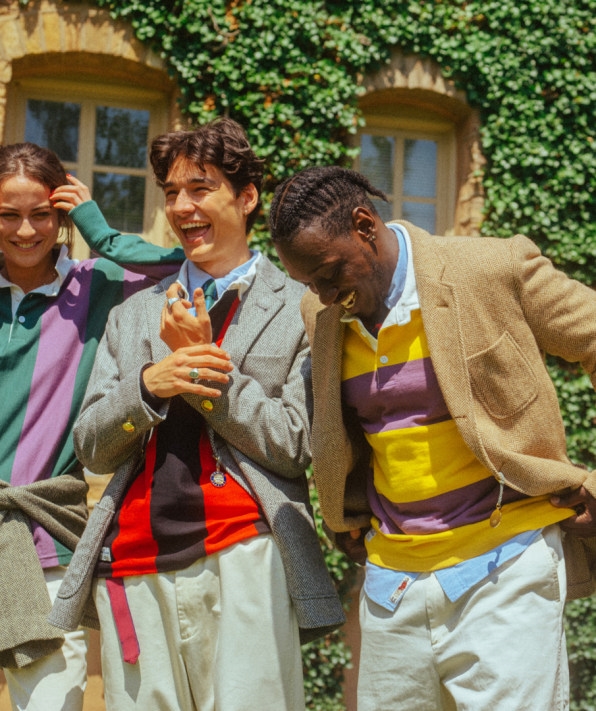
An Academic Approach
Carlson, who is 36, is the first to say that he never expected to launch a label, much less one that has been so well received by the fashion community. He pursued a PhD in archaeology at Oxford, and then went on to teach classics in a high school before deciding to take a sharp turn toward the fashion industry.
As a student growing up in Boston, Carlson was fascinated by preppy fashion, particularly how it served as a marker for inclusion and exclusion. His parents had grown up in Detroit; his father worked in auto factories in high school and college. As his parents found success in their careers, they moved the family to New York and Boston for their jobs.
Carlson says that preppy clothing was one way his parents tried to navigate the world of young professionals in the Northeast. “I can just imagine my parents as these fish out of water,” he says. “They were working in auto factories one minute and on a trading floor the next. They were trying to figure out the rules of how to dress appropriately to fit in.”
Carlson’s mother noticed her teenage son’s obsession with preppy clothes and handed him a copy of The Official Preppy Handbook. The satirical book, written by Lisa Birnbach and published in 1980, described in a tongue-in-cheek way how to dress appropriately for summer stays in Nantucket and how to choose the right major in college. (Definitely attend an Ivy; don’t pick a practical major like math or science.)
“It was a game-changing moment for me,” Carlson says. “The book was poking fun at preppy culture, but it was also obviously very well researched. I could see my parents reading it to figure out exactly what was going on around them.”
Like his parents, Carlson studied the book to inform his own style. He dug through his parents’ closet, snagging their old rugby shirts and Lacoste polos from the ’80s. Yet by the ’90s and early 2000s, fashion had shifted away from the traditional preppy style. The closest Carlson’s Boston prep school classmates came to embracing the look was Abercrombie & Fitch, which had remixed prep into an aggressively sexual aesthetic with low-rise jeans and tight-fitting shirts with popped collars. “This was the era of Bruce Weber,” he says, referring to the photographer who shot many of Abercrombie’s ad campaigns from the time, and was later accused of sexually assaulting models.
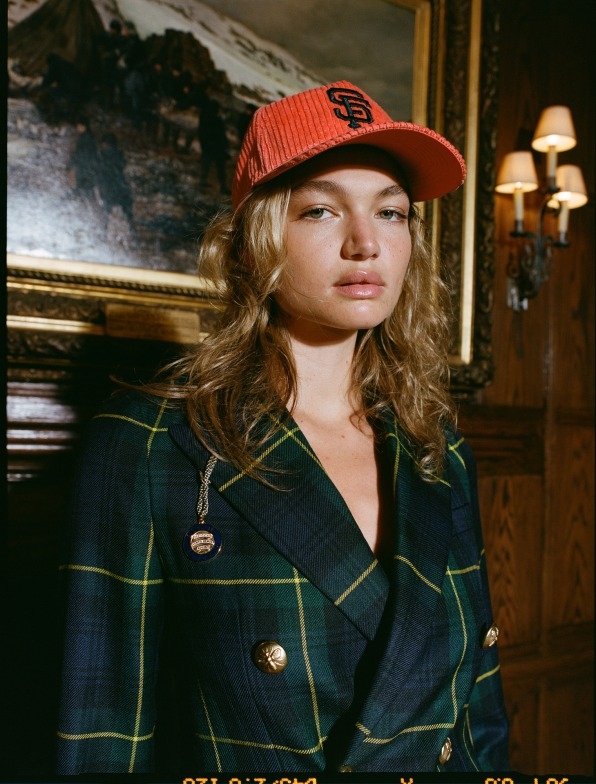
At Oxford, Carlson took his love of preppy style to a new level, transforming it into an academic inquiry. He wanted to learn more about the roots of preppy style at Oxford and Cambridge in the early 1800s. This led him to want to learn about the blazer, a foundational prep garment, which Carlson discovered was originally worn by rowers. He pored over books in the library to figure out when blazers were first mentioned; it turns out they date back to 1825, to the rowing club of St. John’s College in Cambridge. “They were almost like warm-up jackets rowers would wear while jogging down to the boathouse or warming up in the boat,” he says. “They were made in team or club colors.”
In 2014, Carlson published a book called Rowing Blazers that explored the history of the jackets as it intertwined with the sport of rowing, which he was intimately familiar with. In the years that followed, rowing clubs asked him where they could buy an authentic rowing blazer; Carlson discovered that there were no longer any manufacturers making them in the traditional way, free of vents and linings, with colored piping. So he went to New York’s Garment District to find a tailor who might be able to re-create a rowing blazer based on the details. A few months later, Carlson founded the clothing company Rowing Blazers.
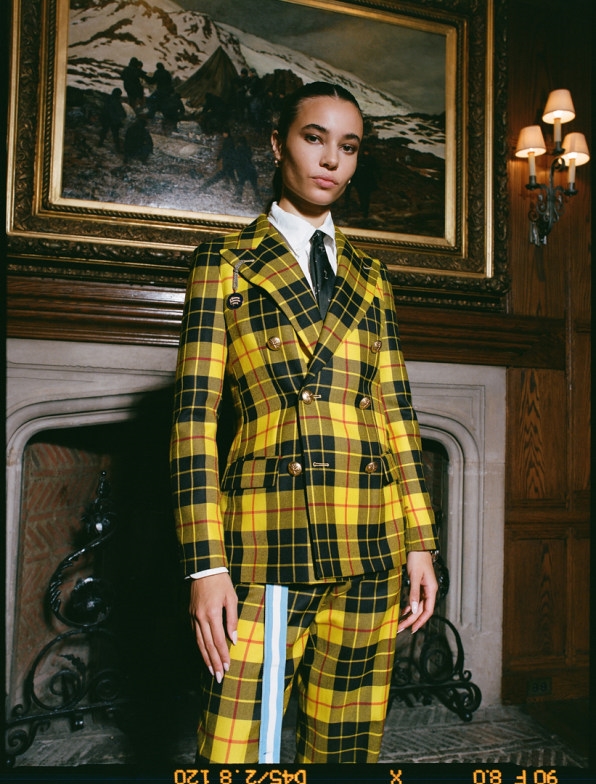
Prep for Everyone
Taking a page from The Official Preppy Handbook, Carlson says he never wanted Rowing Blazers to take itself too seriously. He’s fully aware of how preppy style was born in elite universities that were exclusionary to women, people of color, and people who weren’t in the upper classes of society. Carlson wants Rowing Blazers’ artwork to deliberately poke fun at that world. That’s partly why he loves wacky collaborations, like the recent ones the brand has done with Winnie-the-Pooh and Sonic the Hedgehog. It’s hard to be offended by a model in a preppy polo shirt on a fancy college campus when his shirt happens to have a mini Babar logo on it.
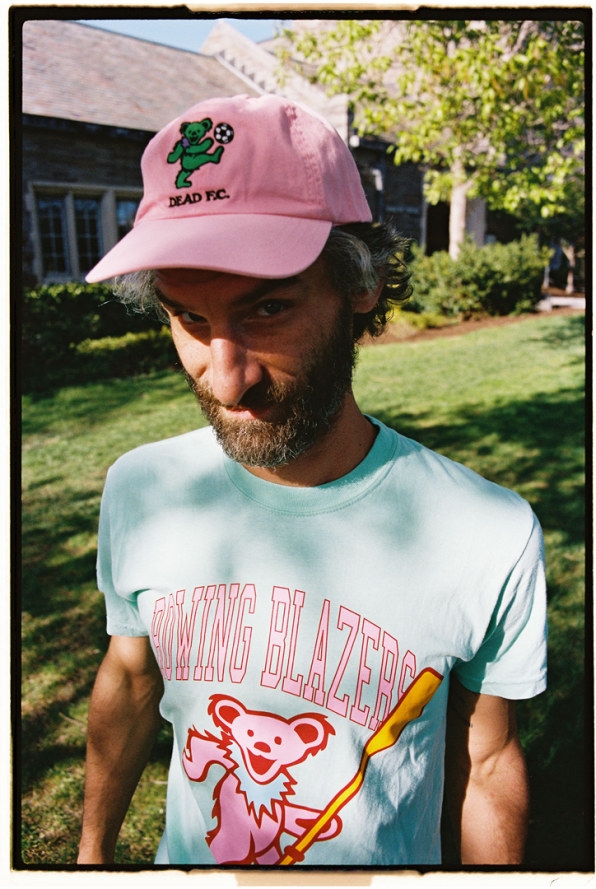
But Carlson is also interested in how people of color have engaged with preppy style over the years and reimagined it in their image. Trufelman delves into much of this history in her podcast, American Ivy. In 1965, for instance, Japanese photographer Teruyoshi Hayashida published a book called Take Ivy that carefully documents the style at Ivy League universities. The book quickly became a fashion bible in Japan, influencing generations of young people. They coined the term Ametora, an abbreviation for “American traditional” to refer to Ivy League-inspired preppy styles.
Carlson was aware that the Japanese were, in many ways, more educated in traditional preppy style than the American market. He has consciously worked to engage Japanese consumers in the brand. He launched Rowing Blazers in Japan from the start, used Japanese models in photo shoots, and partnered early on with iconic Japanese brands like Seiko. “In 2017, we had a website in the U.S., but we really immersed ourselves in Japan,” Carlson says. “The brand was much more well known in Japan for the first year and a half of its existence.”
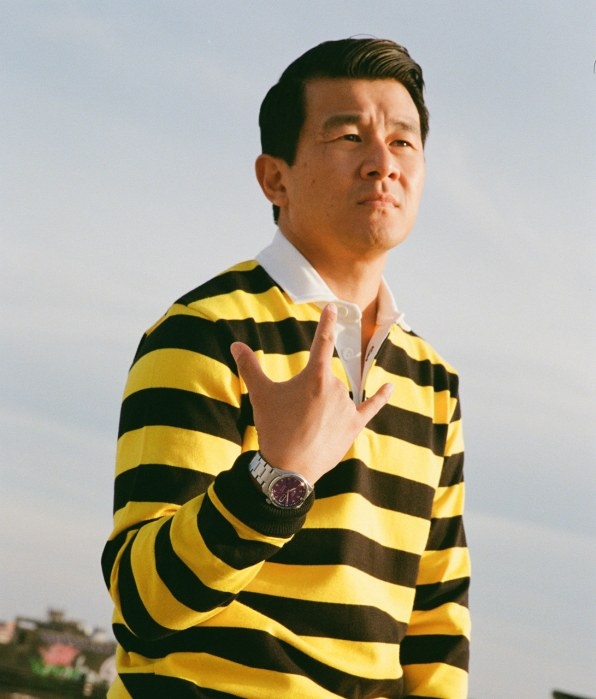
And in the U.S., Black communities also intersected with preppy style at various points. In the 1980s, young Black people who went by the name Lo Heads were known for dressing in head-to-toe Ralph Lauren outfits. (The “Lo” is derived from the word Polo.) And later, in the ’90s, rappers and hip-hop stars adopted a preppy style of their own. Tommy Hilfiger actively courted Black music stars and even played a role in influencing Black-owned fashion labels. “Eventually, when Russell Simmons wanted to start Phat Farm and Sean Combs wanted to start Sean John, they turned to Tommy Hilfiger for mentorship,” Trufelman says on her podcast.
Marcus Collins, a marketing expert who has spearheaded digital strategy for Beyoncé and Nike, and just published the book For the Culture, says there is a delicate balance between trying to conquer the Black community and actually contributing to it culturally. He points to other brands founded by non-Black creators that have engaged Black consumers in an authentic way, including Japanese designer Nigo, who created Bathing Ape (or Bape), and American designer Marc Ecko, who launched Ecko Unlimited. In each of these cases, the founders were immersed in Black culture and had a deep appreciation of it.
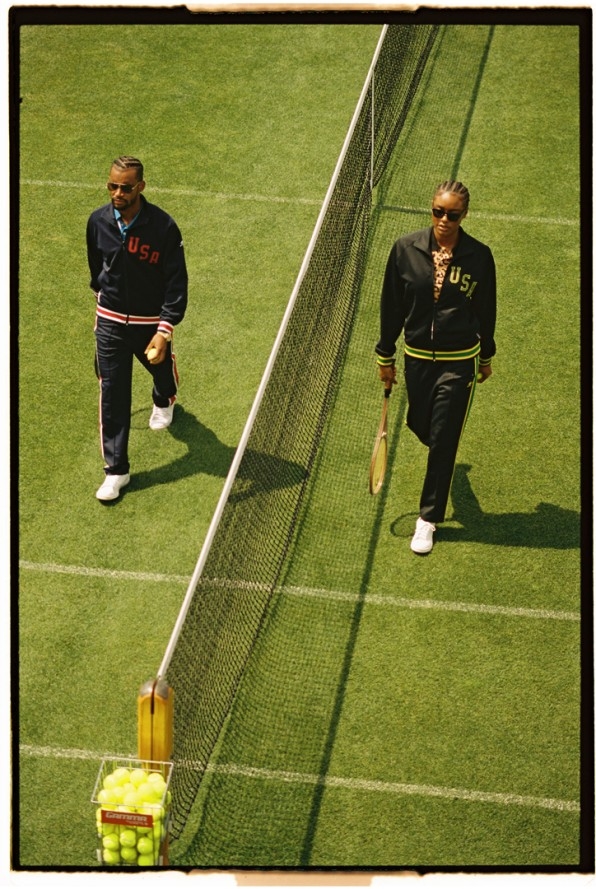
Rowing Blazers pays homage to Black icons of preppy style. Last year it launched a tennis brand called Arthur Ashe, named for the legendary Black player who dominated the sport in the 1960s and ’70s. The collection is inspired by Ashe’s style, which included chic polos and sweater vests. Carlson says the U.K. has the Fred Perry brand, and in France there is Lacoste, dedicated to the legacy of tennis star René Lacoste, but there hasn’t been an American equivalent.
“Who better to represent the United States than Arthur Ashe?” Carlson said in a statement to unveil the line. “He’s been a hero of mine for a long time. His icy-cool demeanor, effortless style, scholarly approach to sport, will to win, and determination to stand up for social justice all resonate with me deeply.”
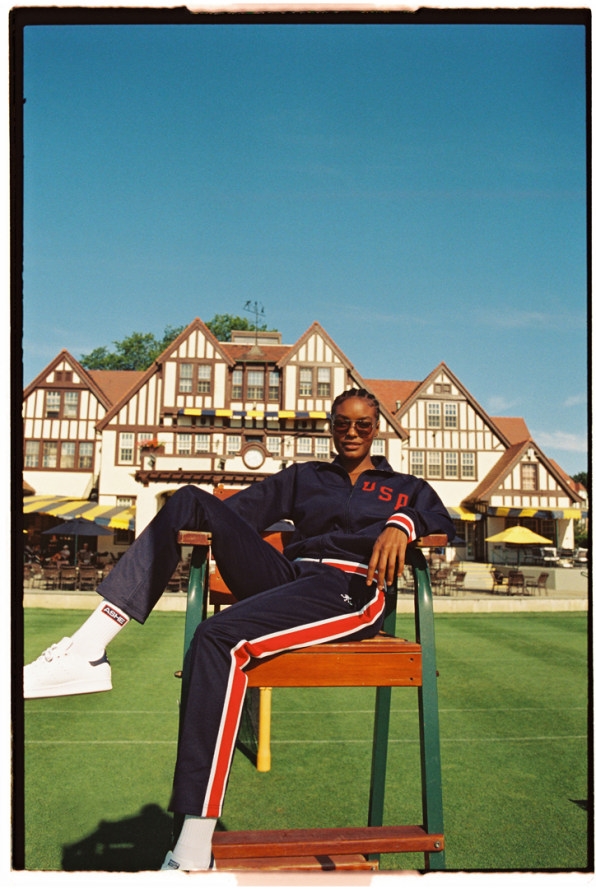
From the start, Carlson believed building a diverse brand was important, as reflected in the brand’s mission statement online, which doesn’t gloss over the problematic, elitist aspects of preppy clothing, but also says that Rowing Blazers is trying to foster an inclusive culture. One way that Carlson has done this is by hiring people of color across the company, including in top design roles. “The important issue is not so much the creator’s ethnicity, but the creator’s proximity and understanding of that culture,” he says.
The resulting brand is both deeply rooted in the past and a reflection of the diversity in America today. Its photo shoots are in traditionally preppy settings: Models sit by the columns of a beautiful university building or in a historic house. And most are people of color.
But perhaps more than anything, Carlson wants the brand to be steeped in creativity. He says Rowing Blazers is about bringing together a wide range of influences, which can all live together in one quirky, unique aesthetic. “This vision of a more inclusive version of preppy is also just about having some fun,” he says. “It’s Babar one week and the Grateful Dead the next.”
(13)

